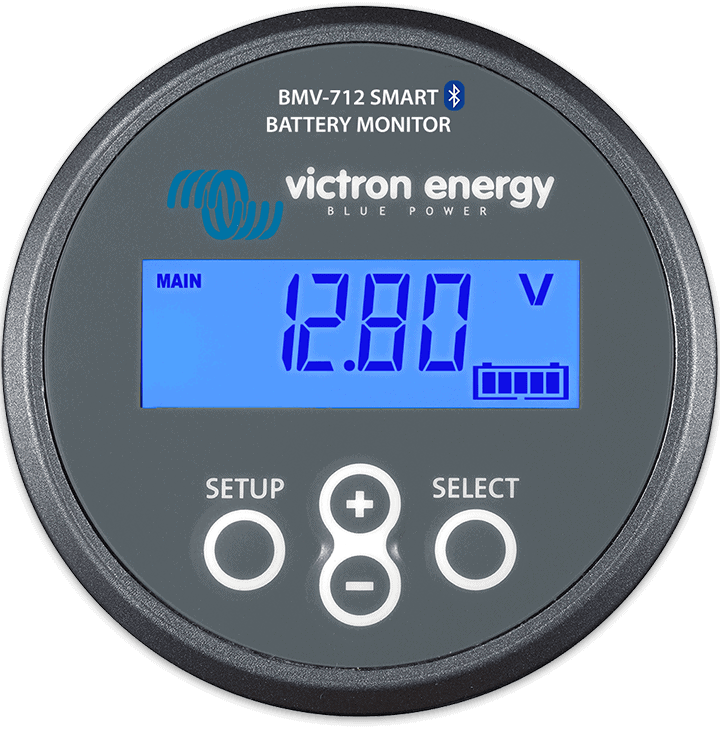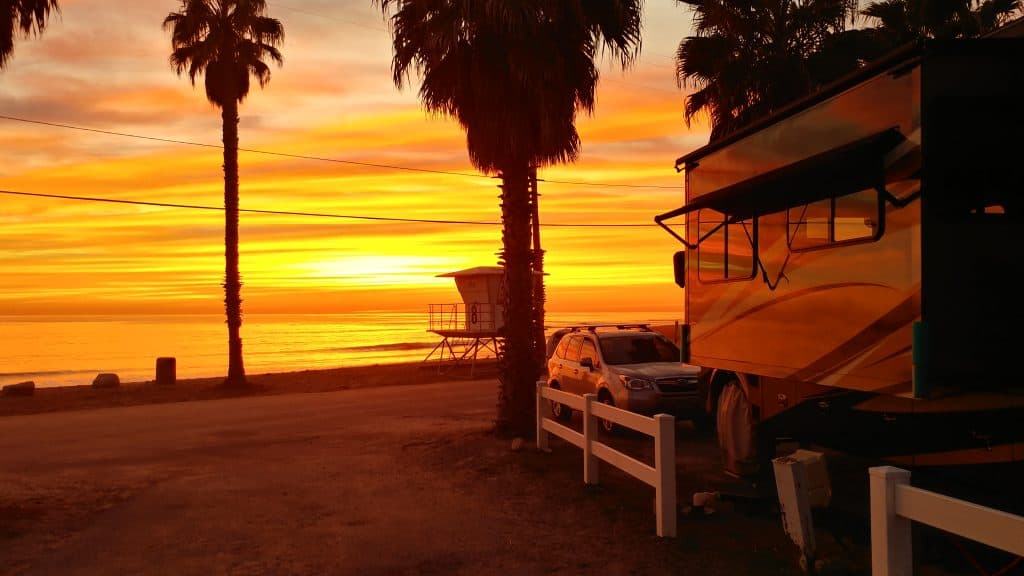Measure to know
RV Solar Series: How to know what just-right means. How to know what just-right means in an RV solar system design. The answer is you have to measure to know what you need. How do you measure to determine what your needs are? This is a key step.
Lots of folks put out on the internet a guide that I find is a waste of time. These experts, while technically correct, look at each electrical item in the RV, to identify the amount of electricity they use. Then after some guessing, including estimating how long each item will be used, do a little math they determine how many panels. Many of these experts then arrive at a system that simply won’t fit on their RV. So instead of measuring consumption, they round down to a system that will fit and then end up surprised at how well it works. There are also plenty of thumb rules which may or may not apply. A good RV solar system design is achievable within a limited number of goals. It won’t do everything you want but makes a great start.
Research
I studied solar battery charging for more than two years before I moved into the RV full time and if you want to go way back, I installed my first solar collector in 1980. It didn’t make electricity, only heat, but it worked wonderfully. I marveled at how it was able to make heat on a cold Colorado winter day, pipe it into the house and not have to use electricity or gas to make hot water.
We started living part-time in our RV in August 2017. We started to travel in our RV full time in December 2017, but during the first couple of months didn’t leave town. Our first long trip to see the total solar eclipse in Idaho was in August 2017. As a side note, a total solar eclipse is 100 times better than a partial eclipse. Our house was sold in September, but not yet empty, our RV solar system design was not adequately equipped for dry camping, and we did just fine, just as many RVers do and have done for years.
Guessing?
Instead of guessing about consumption, I decided to measure electrical consumption for almost a year of dry camping. At least I would have enough real-life data points to then design a solar battery charger that would be big enough but not too big. This close monitoring started in February 2018.
RV Solar Series: How to know what just-right means
What I needed was a way to add up (monitor) my battery use very accurately. If you haven’t noticed, voltage tells you almost nothing about battery’s state of charge. Not only did I need to know how many amps were being drawn from the battery, but what I needed to know is how many amps were drained from the battery on a cumulative basis. The difference between drawn is it is a static situational event; drained on the other hand tells you how empty it is.

Starting last spring (2018); while living in our RV full time, and traveling in the West, we monitored battery use carefully. The purpose was twofold, #1 so we wouldn’t kill our battery prematurely and #2 to have enough data so we could determine how much solar we would need to live without electric hookups and without running the generator.

To accomplish this close monitoring, I installed a Victron 712 battery monitor. Anytime I look at my cell phone it tells me my current situation. The shunt (measuring device) is mounted on the negative terminal of the battery as the very first thing. All electric current passes through the shunt and the computer (Victron 712) adds up how much amperage has passed from that point. Likewise but not illustrated is that all charging current also flows through the shunt. I can get an instant reading on what is going out or in and a net reading on how full it is, and the updated charge or discharge rate. All this information is displayed on my cell phone via Bluetooth connection. This is a real screen capture from my phone. The most important item on the picture is Consumed Ah or how many amps have not yet been replaced.

Generator or Solar
Running our generator to recharge our battery is noisy. We discovered that the generator was not to have the luxury of full-electric power. Rather than luxury, running the generator is important because you have to recharge the battery fully, as soon as possible after discharge, otherwise, the battery will suffer an early death.
Daily Use Cycle
We learned that a daily use cycle (at least for us) starts at about sundown when on solar or generator shutdown when operating on a generator. Of course, we usually can recharge with the generator until about bedtime whereas the solar-only cycle starts at sundown and then goes until the next morning. Without solar, we would start recharging our battery in the morning and then wait for the recharge to finish before we went out to enjoy the day. Typically this means we didn’t leave the RV until after 10 am.
We created this site to help our friends with their RV questions. Feel free to ask questions or comment and we will address them to our best abilities.
Please subscribe and join us on our journey
We will add you to our email list and send you updates about once a week. Here is a link. Subscribe
About our links
As you know, our blog income is zero – this allows us to be independent and just tell the truth. We do not get income or commissions. No, we don’t make paid endorsements. We don’t make recommendations but instead, we will tell you what we like (or dislike). The links are only provided as a quick reference to help our readers.

